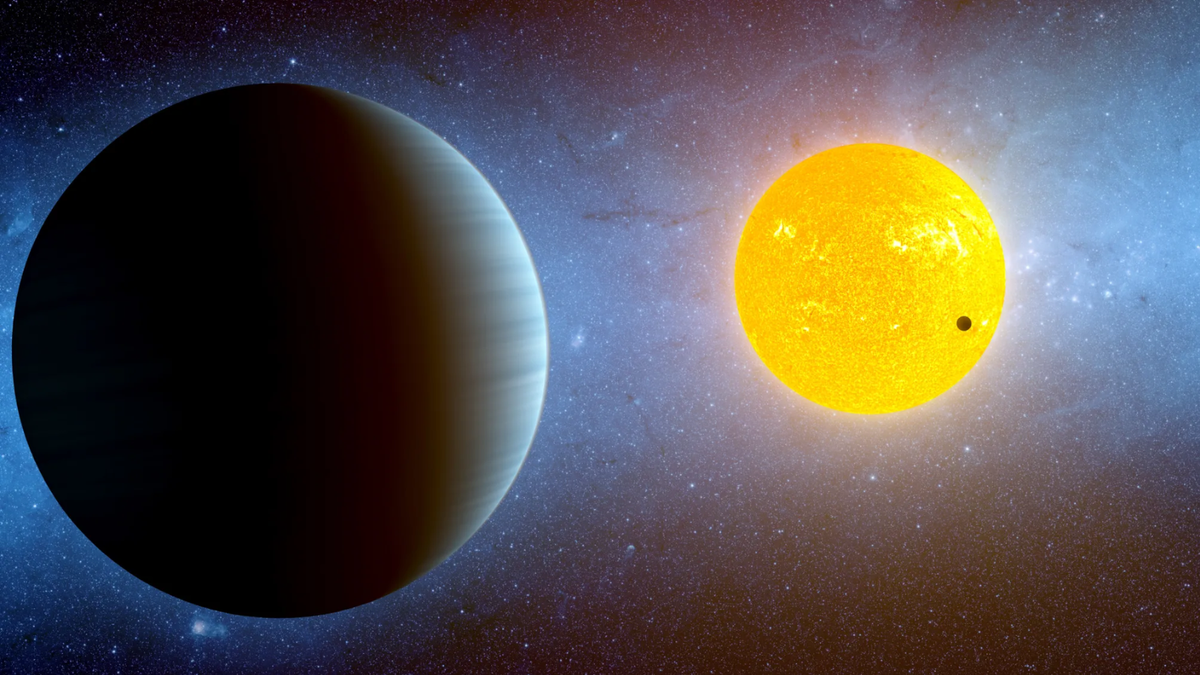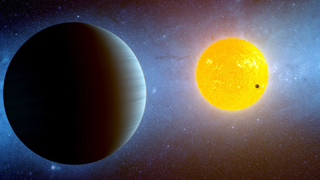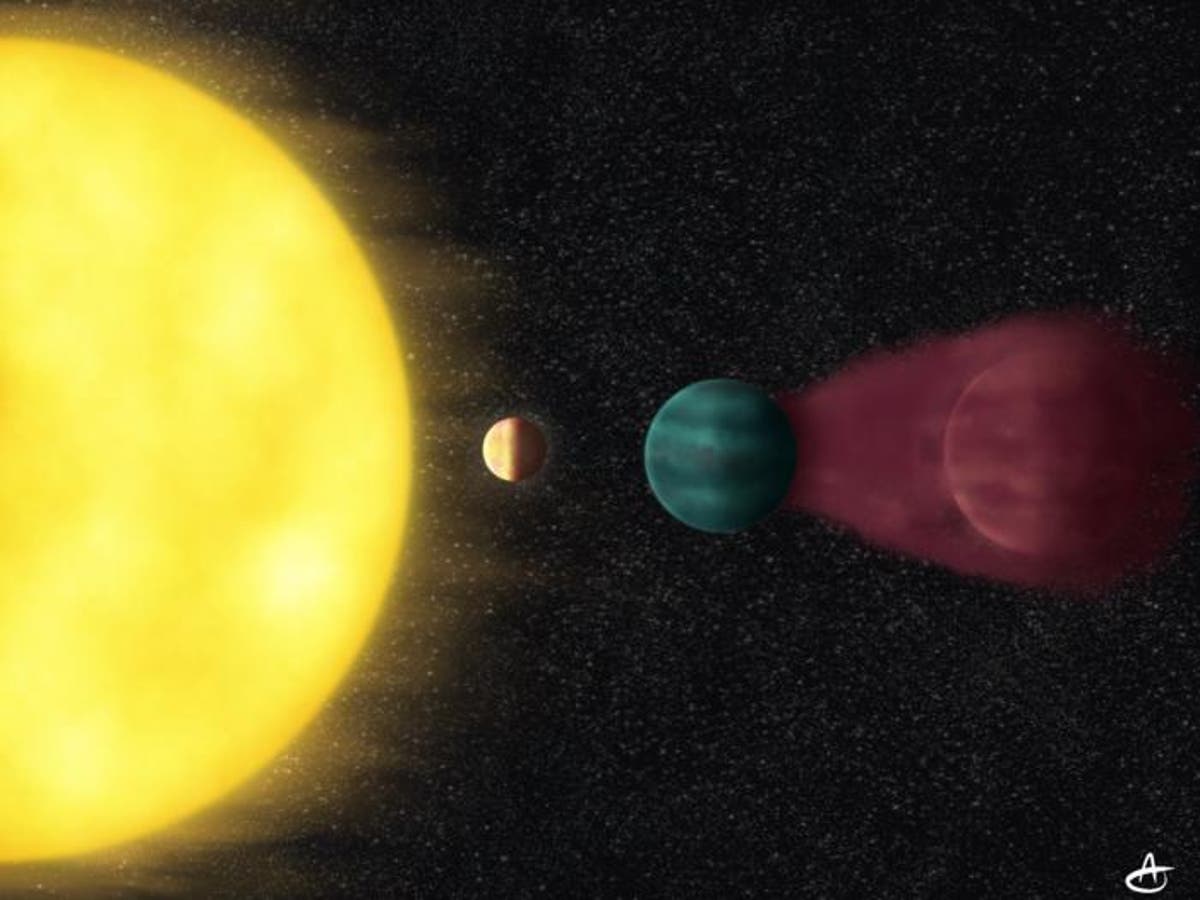
The discovery of HD 63433 d, an Earth-sized exoplanet orbiting a young Sun-like star in the constellation Ursa Major, has sparked excitement among scientists and space enthusiasts alike. The planet is tidally locked to its star, meaning that only one side faces it at all times. This means that half of the planet's surface is always facing extreme heat from the sun, with temperatures reaching up to 2345 degrees Fahrenheit (1290 degrees Celsius).
The discovery was made by NASA's Transiting Exoplanet Survey Satellite (TESS), which has been scanning the sky for signs of exoplanets since its launch in 2018. TESS is designed to detect planets that pass directly in front of their host star, allowing scientists to study them and learn more about their composition and atmosphere.
The discovery of HD 63433 d has already provided valuable insights into the planet's properties. For example, researchers have been able to determine its mass (about seven times that of Earth) and radius (similar to Earth). They have also been able to study the planet's atmosphere using data from TESS, which has allowed them to learn more about its composition and potential habitability.
Despite the extreme conditions on HD 63433 d, scientists are still excited about the possibility of studying this unique exoplanet. The planet is located only 73 light-years away from Earth, making it a relatively close target for future observations. In fact, NASA has already announced plans to study the planet in more detail using its James Webb Space Telescope (JWST), which will be able to provide even more detailed information about the planet's atmosphere and composition.
Overall, the discovery of HD 63433 d is a significant milestone for exoplanet research. It demonstrates that there are still many undiscovered planets in our galaxy with unique properties and characteristics, making it all the more important to continue exploring space and searching for new discoveries.



